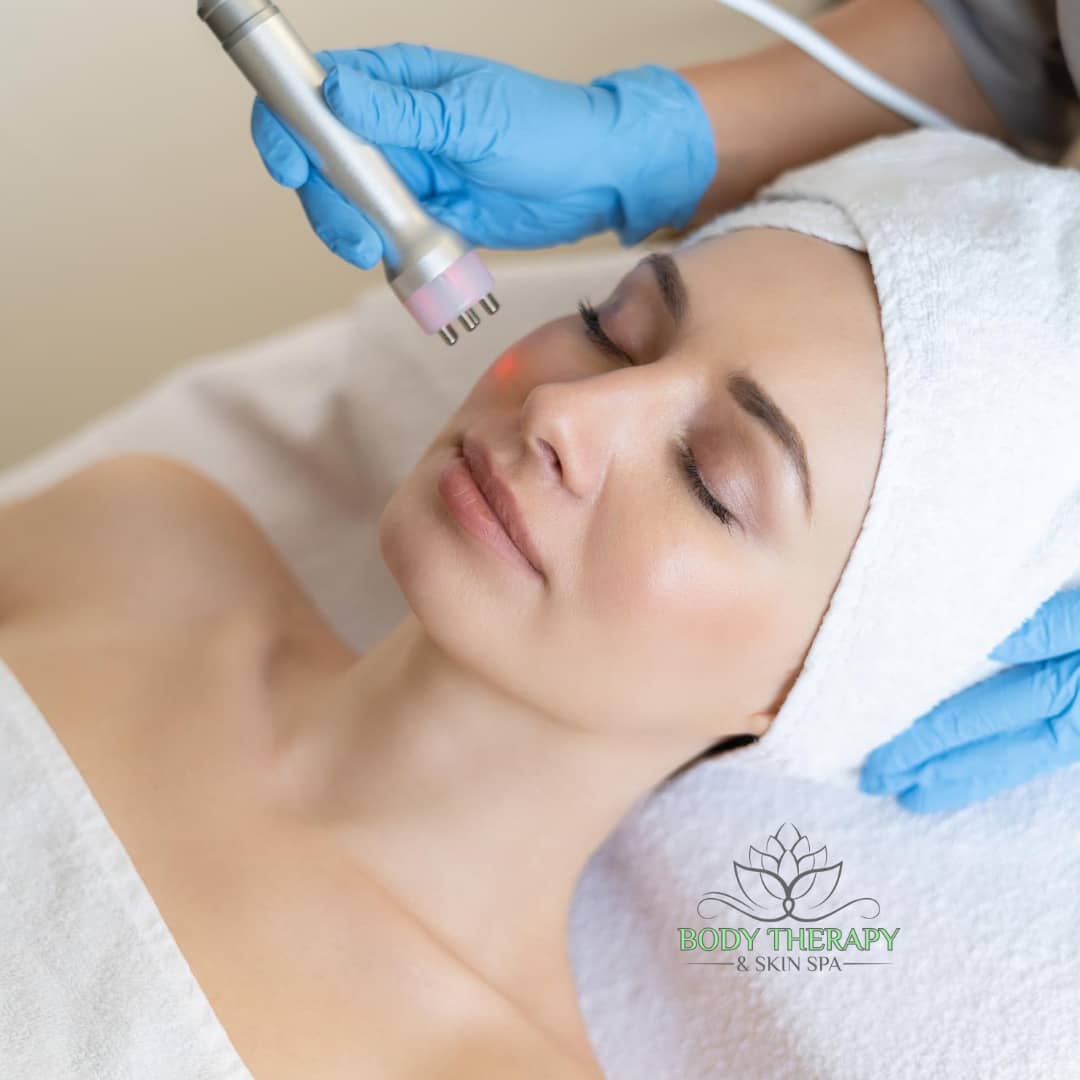Having radiant and glowing skin is a dream that many of us share. One of the most effective ways to achieve this is by incorporating exfoliation into our skincare routine. Exfoliating removes dead skin cells, unclogs pores, and promotes cell turnover, resulting in smoother, healthier-looking skin. In this article, we will explore the best exfoliating tips for face, allowing you to unlock the secrets to achieving a youthful and radiant complexion.
What is Exfoliation and Why is it Important?
Exfoliation is the process of removing dead skin cells from the surface of the skin. Our skin naturally sheds these cells, but sometimes they can build up, leading to a dull and lackluster complexion. Regular exfoliation helps to reveal the fresh, new skin underneath, giving your face a radiant glow.
Different Types of Exfoliants for Face
There are three main types of exfoliants: mechanical, chemical, and enzyme exfoliants.
Mechanical Exfoliants
Mechanical exfoliants contain small particles or granules that physically scrub away dead skin cells. Examples include sugar scrubs and facial brushes.
Chemical Exfoliants
Chemical exfoliants use acids, such as alpha hydroxy acids (AHAs) and beta hydroxy acids (BHAs), to dissolve dead skin cells. They are effective for deeper exfoliation.
Enzyme Exfoliants
Enzyme exfoliants contain natural enzymes that break down the bonds between dead skin cells. These are gentler options suitable for sensitive skin.

Understanding Your Skin Type
Before exfoliating, it’s essential to understand your skin type. Different skin types have different exfoliation needs. For example:
- Dry Skin: Gentle exfoliation once or twice a week is ideal to avoid stripping the skin of essential moisture.
- Oily Skin: You may benefit from more frequent exfoliation to control excess oil and prevent clogged pores.
- Sensitive Skin: Opt for mild exfoliants and perform a patch test before trying a new product.
How Often Should You Exfoliate?
The frequency of exfoliation depends on your skin type and the type of exfoliant you use. As a general rule of thumb:
- Normal Skin: Exfoliate 2-3 times a week.
- Oily Skin: Exfoliate 3-4 times a week.
- Dry or Sensitive Skin: Exfoliate 1-2 times a week.
Step-by-Step – Exfoliating Tips for Face
- Preparing Your Skin: Cleanse your face with a gentle cleanser to remove any makeup, dirt, or impurities.
- Applying the Exfoliant: Follow the instructions on the product and apply a small amount of exfoliant to your fingertips.
- Gently Exfoliating in Circular Motions: Using light pressure, massage the exfoliant onto your face in circular motions, avoiding the eye area.
- Rinsing and Patting Dry: Rinse off the exfoliant with lukewarm water and pat your face dry with a soft towel.
Common Mistakes to Avoid
- Over-Exfoliation: Exfoliating too often can lead to irritation and damage the skin’s natural barrier.
- Using Harsh Scrubs: Avoid exfoliants with large, rough particles that can cause microtears in the skin.
- Ignoring Sunscreen: After exfoliation, your skin is more susceptible to sun damage. Always apply sunscreen.
The Benefits of Regular Exfoliation
- Smoother Skin Texture: Exfoliating removes dead skin cells, leaving your skin feeling smoother and softer.
- Improved Absorption of Skincare Products: Exfoliation allows your serums and moisturizers to penetrate deeper into the skin.
- Reduction in Acne and Blemishes: By unclogging pores, exfoliation helps prevent breakouts.
- Evens Out Skin Tone: Exfoliation can help fade dark spots and hyperpigmentation.
DIY Exfoliating Recipes for the Face
- Oatmeal and Honey Scrub: Mix ground oatmeal with honey to create a gentle exfoliating paste.
- Brown Sugar and Coconut Oil Scrub: Combine brown sugar with coconut oil for a hydrating exfoliant.
- Yogurt and Turmeric Exfoliant: Mix yogurt with a pinch of turmeric for a brightening and exfoliating mask.
Exfoliation for Different Skin Concerns
- Exfoliating for Dry Skin: Use a mild exfoliant to avoid further dryness.
- Exfoliating for Oily Skin: Opt for chemical exfoliants to control excess oil.
- Exfoliating for Sensitive Skin: Choose enzyme exfoliants for a gentle approach.
Exfoliating for Anti-Aging Benefits
Regular exfoliation can stimulate collagen production, reducing the appearance of fine lines and wrinkles.
Post-Exfoliation Skincare Tips
- Hydration is Key: Follow up with a moisturizer to keep your skin hydrated.
- Avoiding Direct Sunlight: Stay out of the sun immediately after exfoliating.
- Applying a Nourishing Moisturizer: Use a nourishing moisturizer to soothe the skin.
Consult a Dermatologist
If you have any concerns about exfoliation or your skin’s health, it’s best to consult a dermatologist for personalized advice.
Conclusion
Exfoliating is a powerful technique that can transform your skin. By understanding your skin type and choosing the right exfoliant, you can achieve a radiant and youthful complexion. Remember to exfoliate in moderation, protect your skin from the sun, and follow up with proper post-exfoliation care.
FAQs
Q1: Can I exfoliate daily?
A: It is generally not recommended to exfoliate daily as it may irritate the skin. Stick to the recommended frequency for your skin type.
Q2: Is exfoliation suitable for all skin types?
A: Exfoliation can benefit most skin types when done correctly. However, those with sensitive skin should use gentle exfoliants.
Q3: Can I use body exfoliants on my face?
A: No, body exfoliants are often too harsh for the delicate skin on the face. Use products specifically formulated for facial exfoliation.
Q4: Can exfoliating help with acne scars?
A: Exfoliating can help improve the appearance of acne scars over time by promoting cell turnover.
Q5: Are there any side effects of exfoliating?
A: Exfoliating can cause irritation if overdone. Always follow the recommended guidelines and listen to your skin’s needs.


